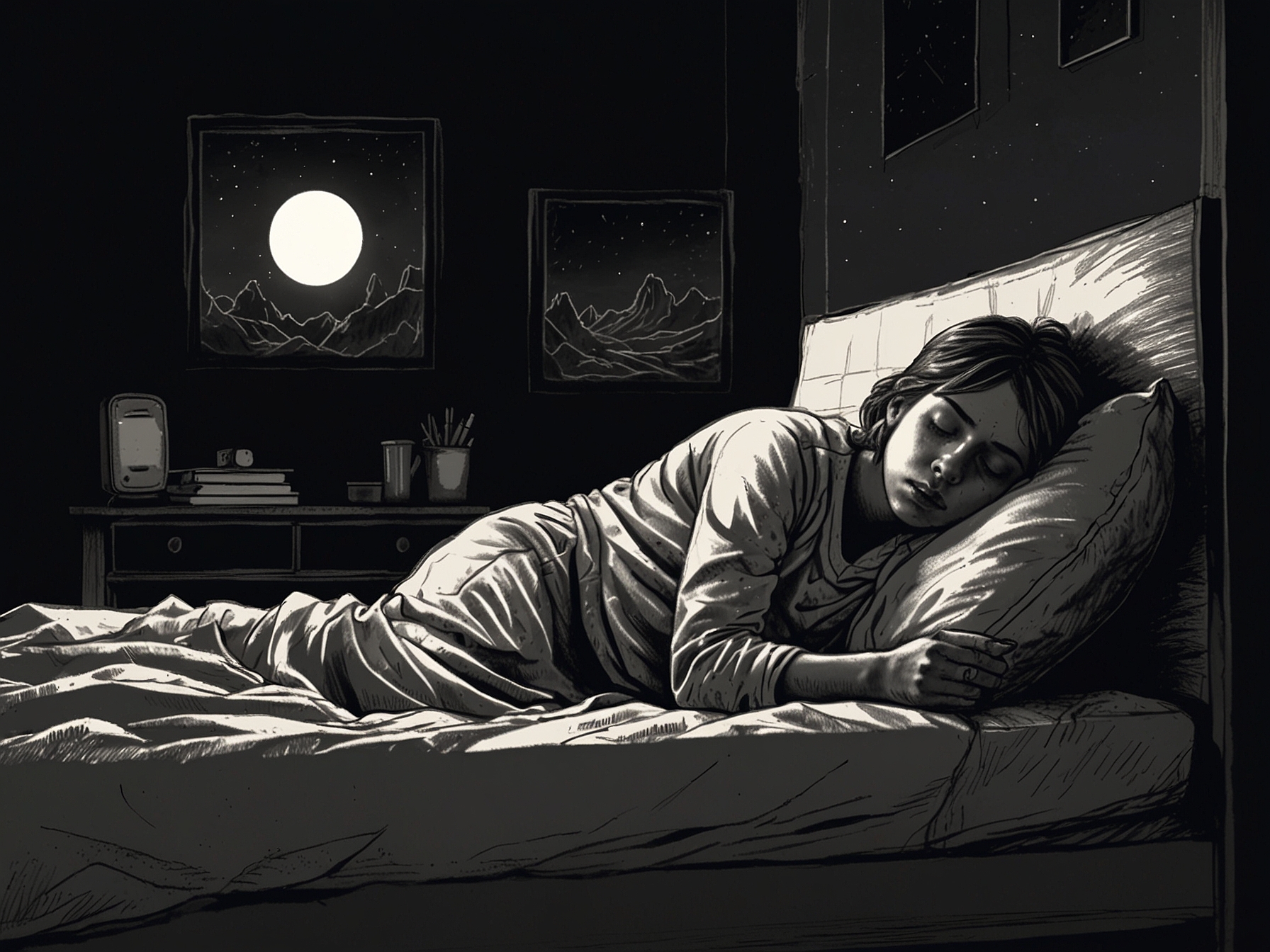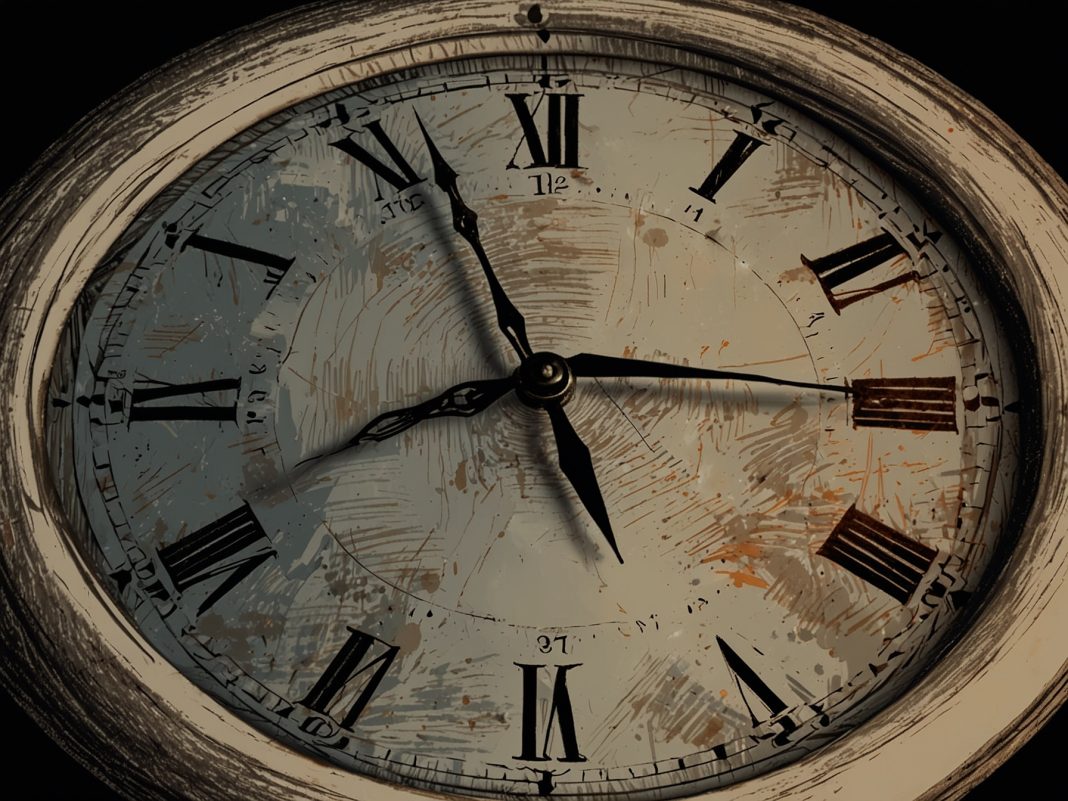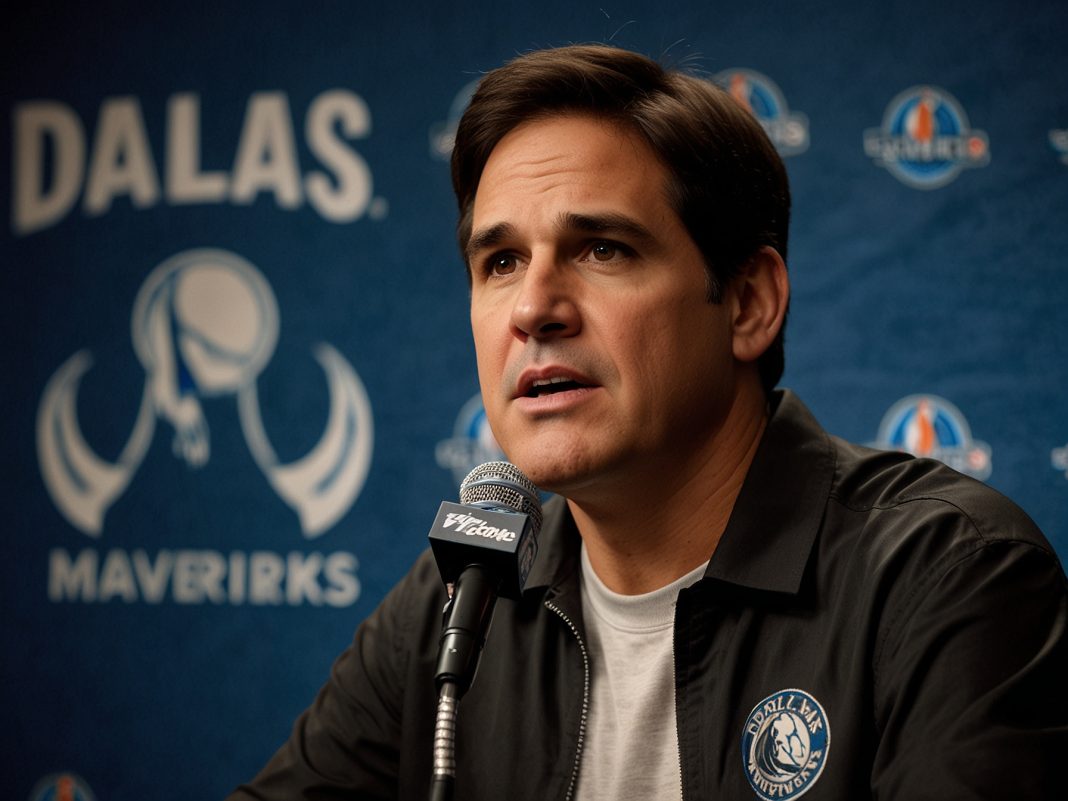What Is Daylight Saving Time?
DST started as a way of making better use of daylight. And yet, many people still ask, “But why are we doing this?” This practice, which has been established for many decades, seeks to cut energy costs. But does this still hold true today?
Clocks spring forward in the U.S. in March and fall back in November. All of us have, more or less, adapted to this change. However, critics of the shift contend that it disrupts the body’s circadian rhythms and contributes to health problems. Now, if you are like me, you may feel a bit grumpy after losing that hour.

This dropout rate has an obvious irony: not everyone observes DST. Arizona and Hawaii, for instance, did not get with the program. When it comes to travel and business, this has caused quite a bit of confusion. So why don’t other states follow suit? It begs efficiency and choice questions nationwide.
Why Some People Love It
Proponents of DST argue that it increases outdoor recreational time. Warm evenings mean families can hang out outside together. It’s a perfect excuse for a backyard barbecue or a twilight stroll. Who doesn’t want a few more hours of daylight to eat dinner outside?
In addition, some studies tend to show more economic activity. If it stays light for longer, local shops tend to be busier. However, does this advantage save them from a shakeup?

Others herald summer nights as potentially creative. They drink cocktails on porches while watching sunsets. However, it’s not universal. Believe it or not, some people hate getting their clocks reset twice a year.
Health Implications
However, I don’t want to skirt around the health part of it. Multiple research studies show a positive correlation between diseases and DST. One of the major drawbacks of the hour shifts is sleep deprivation. For most of us, coffee is the sweet crutch.
They suffer the same deficiency from nuisance and reduced output. Folks trudge into the office, half asleep still. So with the old faithful — or practicing another religion — does not make things any easier. How do we balance our lives at work?

Some doctors have even connected this switch to a higher risk of heart attacks. But hey, that should start a national discussion on its significance, right?
Possible Future Changes
So now there is better awareness of health impacts; what next for DST? An increase in harassment at workplaces from anti-vaxxers is an annoying concern. Lawmakers consider keeping DST permanent. That’s a daring move, but some states are prepared to take this leap.
People want to know why; but more importantly, they would like to know how to overcome this. Permanent DST? Forget about it! Dark days off course, the mornings are darker again? And the change in routine might be a little trickier for families. Are we ready for that transformation?

Therefore, what comes next as we head into 2024? The question looms large. Should we hold on to that tradition or look into the horizon for something new?




